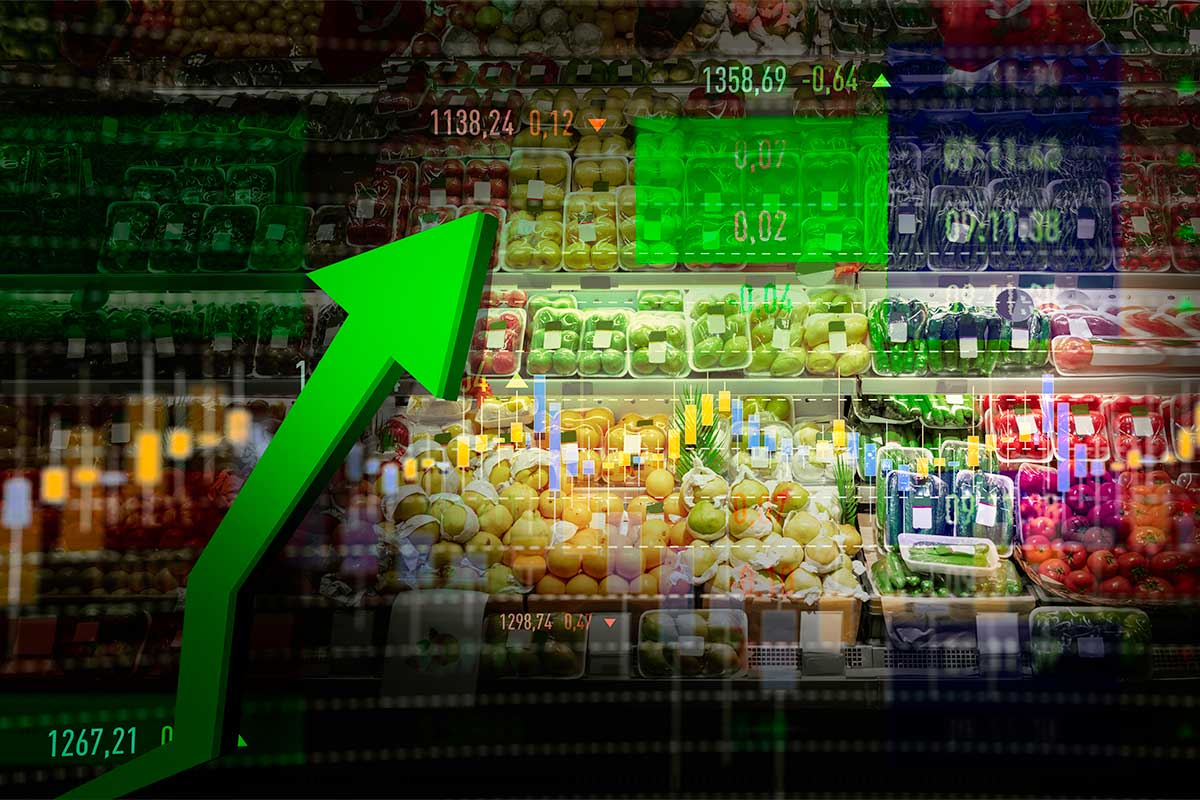The US Federal Reserve recently raised its benchmark interest rate by half a percentage point, shifting the target range from 0.75 per cent to 1 per cent, following a smaller increase in March. It was the Fed’s biggest increase in 22 years.
Last fall, Fed Chairman Jerome Powell said rising prices were “transitionary” and would not leave “a permanent mark in the form of higher inflation”. So, when inflation began to climb after mid-2021, the Fed ignored it until it soared.
Advertisement
In March, the inflation rate in the United States accelerated to 8.5 per cent, the highest since December 1981. It was partly fueled by rising energy and food prices, and the consumer price index, which shot to 6.5 per cent, the most in four decades.
Advertisement
Typically, the rapidly increasing energy and food prices are being attributed to the Russia-Ukraine conflict. Effectively, they should be associated with economic sanctions which have turned a regional conflict with a limited, short-term trajectory into a global crisis with a broad, protracted horizon. That’s the net effect of the hybrid proxy war in Ukraine.
Excluding volatile energy and food categories, the soaring inflation
has been associated with pandemic-induced global supply disruptions and the recent Covid-19 outbreaks in China. New cases peaked in China in late April and are now coming down.
But disruptions in the global supply chains may penalize global economic prospects as long as the failed efforts to contain the virus in the West continue to give rise to new waves of variants.
Commodity prices peaked in early March, remain close to the peak level and have soared 39 per cent since the beginning of the year.
Food prices climbed to an all-time high in March, up nearly 20 per cent year-on-year, and remain high in what UN Secretary-General Antonio Guterres has called the “hurricane of hunger and a meltdown of the global food system”, while crude oil price reached a high of $125 per barrel in early March, increasing 43 per cent since January.
In Europe, the most exposed region to Russian energy, natural gas price quintupled to a high of 230 euros ($239.04) per megawatt-hour and has dropped to 104 euros, as concerns over Russian supplies have dissipated somewhat, but only temporarily.
Russia is the world’s 11th largest economy with a GDP of $1.8 trillion. It is the world’s largest gas exporter and the second-largest crude oil exporter, and given its key role in global energy supply, Goldman Sachs has warned that the global economy “could soon be faced with one of the largest energy supply shocks ever”.
A benign scenario in the Ukraine crisis was possible, but it would have required rapid, proactive diplomacy. Unfortunately, that has not been the priority of the proxy war.
As US Defense Secretary Lloyd Austin said in late April: “We want to see Russia weakened.” It was a stunning admission.
The Biden administration is reviewing the excess tariffs imposed on Chinese products ahead of their expiration in July.
In fact, some policymakers are calling for reductions in the tariffs in order to provide relief to American consumers struggling with rising prices. These calls are fueled by the fear of a potential Republican landslide win in the midterm elections.
Advertisement











